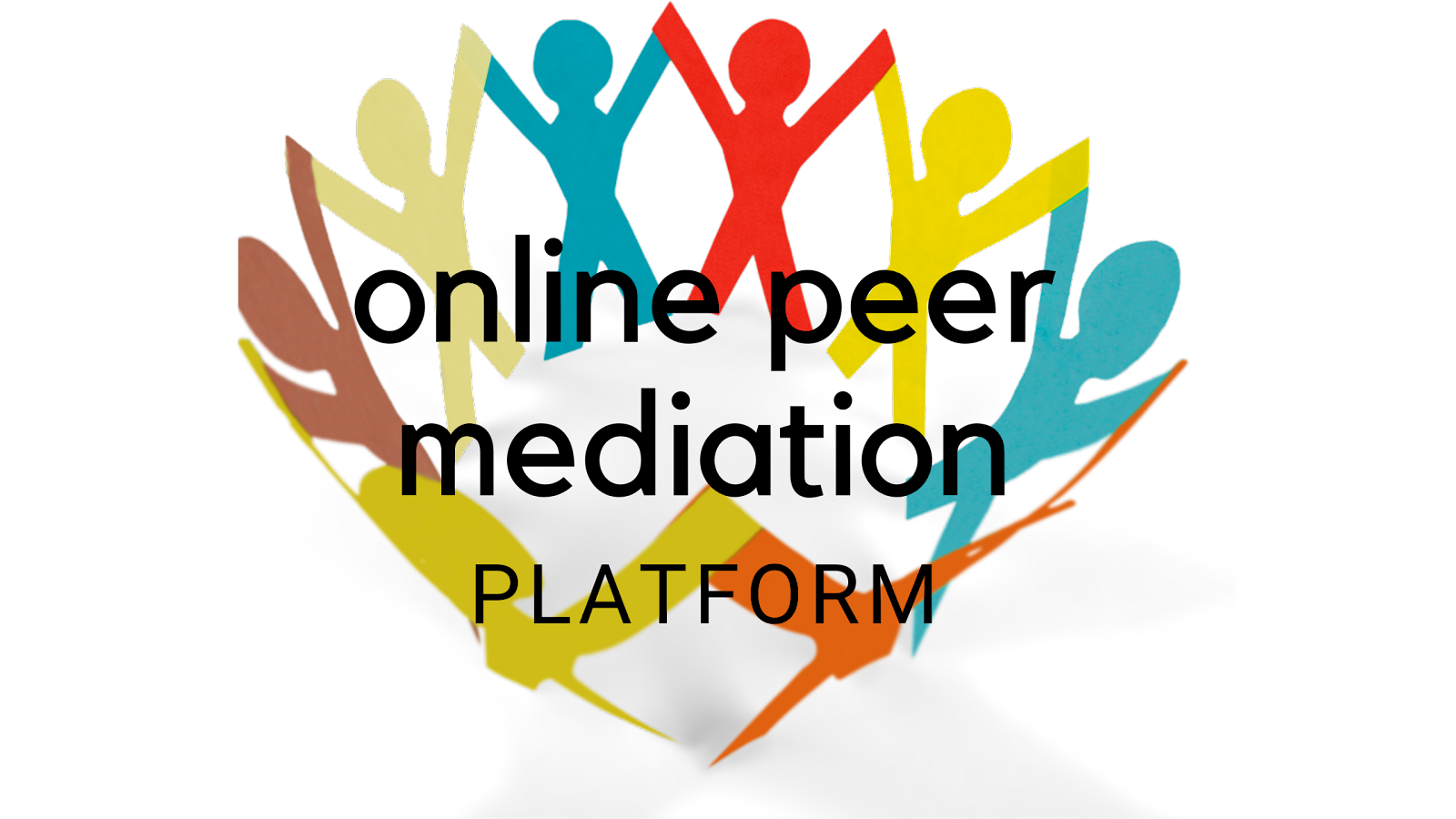Written by OPMP Team Member, Darby Munroe
What are ACEs?
ACEs are Adverse Childhood
Experiences. The original ACEs research
study was done by Dr. Felitti and the CDC-Kaiser Permanente in California. At the time, Dr. Felitti worked at an obesity
clinic. He started to notice trends
among his patients that had a hard time losing weight. As he talked to his patients, he recognized
patterns of childhood neglect and abuse.
The more adverse experiences his patients had in their childhood, the
higher their rate of physical and mental health issues. He teamed up with the CDC-Kaiser Permanente,
one of the leading health care providers in Southern California, and they
collected data from over 17,000 adult patients on both their childhoods and
their mental and physical health as an adult.
The survey, found here https://www.cdc.gov/violenceprevention/childabuseandneglect/acestudy/about.html),
asked questions about family stability, domestic violence, drug abuse, and
imprisonment. Patients also reported on
current health data, like obesity, cancer, heart disease, depression, and drug
use. It showed a direct correlation
between childhood trauma and reduced life expectancy, mental illness, and major
physical health issues in adults.
What kinds of ACEs are
students experiencing?
The first type of ACEs students
may be experiencing is abuse. The
highest rated kind of abuse is emotional abuse.
Parents or caregivers might be yelling, demanding or demeaning towards
their children. Anything that makes a
child afraid or makes them feel like they are not good enough can be emotional
abuse. Physical abuse includes being
slapped, spanked, hit, choked, and kicked.
Other objects might be used to hit a child. Physical abuse might leave marks or
bruises. Sexual abuse happens, usually
by someone in or near to the family, when an older person touches a child in a
sexual way or has the child touch them in a sexual way. Children can be groomed
to do this, and sexual abuse does include intercourse.
Students may experience other
kinds of household challenges. One of
the most prominent issue families face is domestic violence. Children can witness violence against their
mothers, and also be victims of the violence, as mentioned in the abuse section
above. Not all domestic violence is
physical, it can be sexual and emotional as well. In cases of domestic violence, the victims
are controlled by fear and abuse. Much
of it is psychological and financial, about power and control. An outcome of domestic violence is
divorce. While domestic violence may not
be easy to identify, at least half of all students have single or divorced
parents. Students may also have a parent
who is incarcerated, who is dealing with a major mental health issue, or has
substance abuse problems.
The last group of ACEs students
may be experiencing is neglect. Much
like emotional abuse, emotional neglect is the lack of love. Students in situations like this are ignored,
looking after themselves and their siblings.
They are not offered opportunities to grow, make their own choices, or
feel like a part of a loving family.
Physical neglect is also a possible experience for some students. This could include homeless students, or
students whose parents can afford electricity, water, or food. Some students can’t afford to go to regular
doctor’s visits. Their basic needs are
not being met.
What can schools do to help
students experiencing ACEs?
Imagine a class of 20 students. About 6 of them have no ACEs. 5 of them are experiencing at least one
ACE. At least 3 of them have 2 ACEs. About 2 students are experiencing 3
ACEs. And around 3 students are
experiencing 4 or more ACEs. Out of the
20 students in class, nearly 70% of them, or 14 students, are experiencing some
sort of childhood trauma when they are not in the classroom.
This may seem overwhelming, and
it should, because ACEs are mostly preventable.
Schools can focus on building resiliency in their students, to help them
overcome the adverse experiences happening at home. School and districtwide, educators and policy
makers can partner with community agencies to provide mental health and social
services to students, their families and the community. Schools can be a part of getting basic needs
met, including things like free meals and the ability to do laundry on
campus. They can offer resources,
classes, and job skills to parents. They
can provide programs that prevent and reduce conflict, like restorative justice
and peer mediation.
At the classroom level, teachers can nurture
relationships with students and their families, including home and community
visits. Teachers and staff can model and
nurture safe and stable relationships. Students
can connect with mentors and coaches.
Teachers can get trained in Social Emotional Learning and Conflict
Resolution, with ongoing support form professionals. Teachers who use peer mentoring and circles
in their room create a family like atmosphere, allowing children to feel safe,
loved and ready to learn.
While this is only a brief
overview, stay tuned for more in this series on ACEs in education. If you would like more information on peer
mediation, please view our website at http://peermediationonline.org/.
Information from:
https://www.cdc.gov/violenceprevention/childabuseandneglect/acestudy/index.html
Graphics from:
https://www.cdc.gov/violenceprevention/childabuseandneglect/acestudy/ace-graphics.html




Comments
Post a Comment